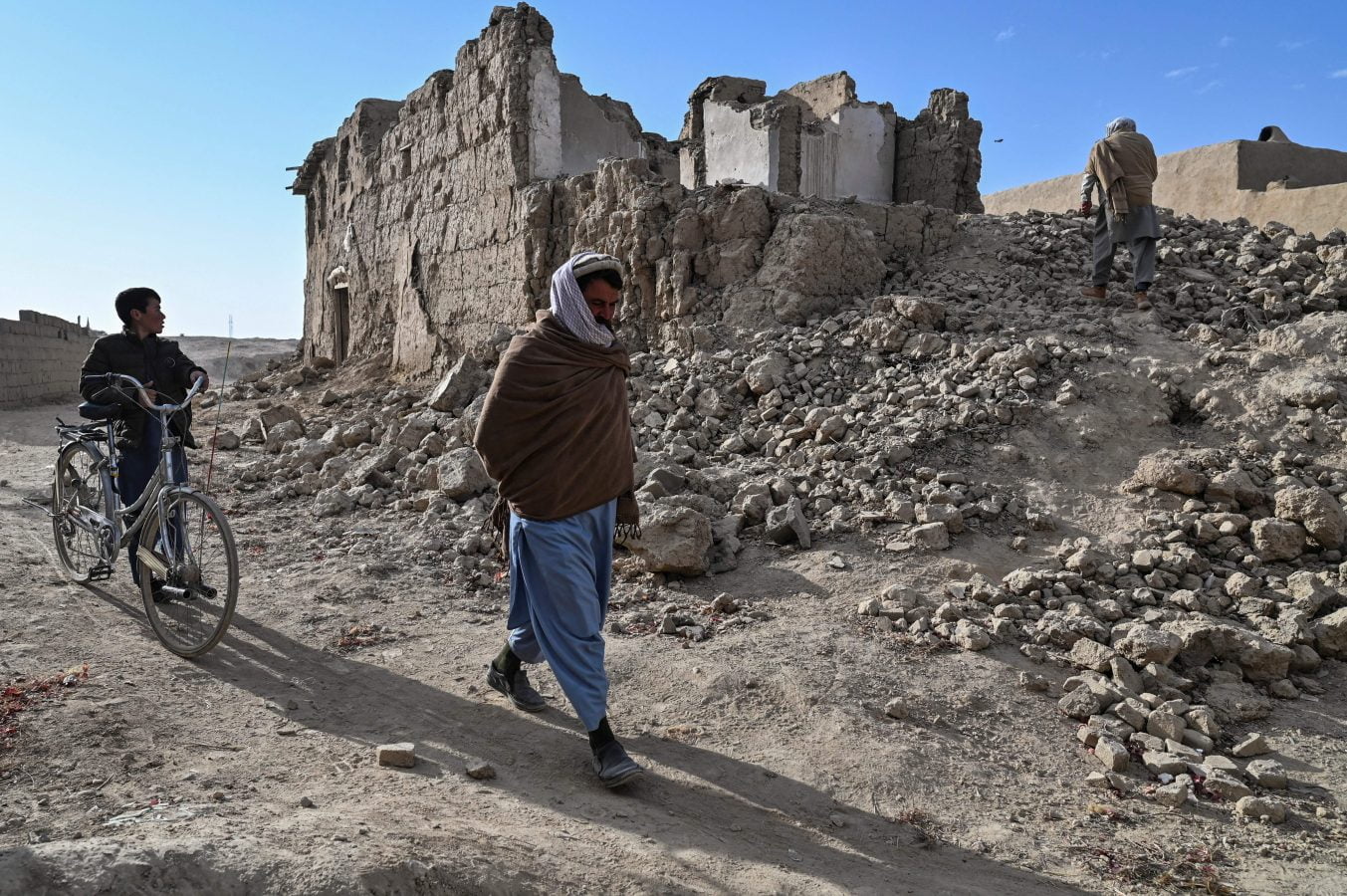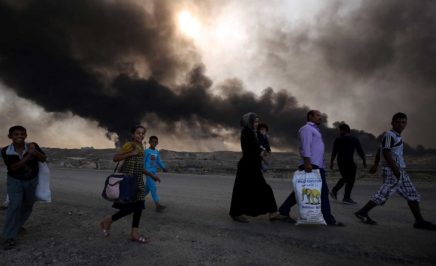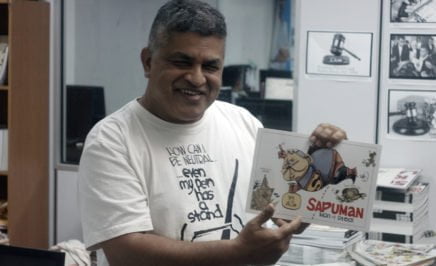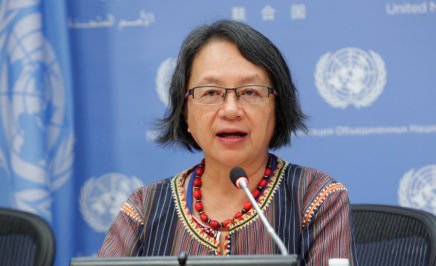This is the third blog post in a series looking at an array of issues in 2022 related to weapons use, the arms trade and security assistance, often offering recommendations.
In mid-2021, as the Taliban ramped up their offensive against government forces across Afghanistan, the fighting grew especially fierce in Zakhail, just west of the city of Kunduz. The Taliban used motorbikes to seize civilian areas and took cover in homes and schools, while the Afghan National Defense and Security Forces (ANDSF) launched mortars from police checkpoints into the densely populated neighborhood.
As Amnesty International documented in a new report on the conflict in Afghanistan, on the evening of June 23rd a family huddled in their home in Zakhail, trying to take cover from the fighting, when they heard a series of explosions. One by one the detonations got closer, until the fourth round struck the central courtyard of the house.
Heavy metal fragments from a mortar tore through the family members. One 30-year-old woman, Bibi Shahnaz, and her 12-year-old son Faisal were killed immediately. Another child, a 16-year-old boy, lost both legs at the knee. A man and a third child were also badly hurt. An Amnesty International researcher examined the wounds of the injured man, and after removing a leg bandage bone was still visible in the deepest wounds.
These civilians were killed and injured because they were trapped in their home, unable to flee the fighting, and caught between the explosive weapons of the Taliban and the ANDSF. “The people who can afford to leave do but the poor people stay because they will starve if they leave,” one witness said.
In this case, the family was hit when the ANDSF unit “walked” their mortars to a Taliban position, a process in which the crew makes targeting adjustments through observation and correction with each round launched to gradually direct the ordnance to the target through repeated firings. But doing so in an area with civilians is extremely reckless, and such negligence in failing to distinguish between military objectives and civilian objects can constitute a war crime. But even in lawful attacks against a military objective, when fighting occurs in populated areas military forces ought to exercise extreme caution over the choice of weapons.
Attacks such as the one in Zakhail are an example of the risks that civilians face from the use of explosive weapons in populated areas – a pattern of harm which has been widely documented and results in the deaths and injuries of tens of thousands of civilians each year. Amnesty International has reported other cases in point including use of inaccurate explosive weapons in Libya, Nagorno-Karabakh, Syrian and Russian air and ground launched strikes in northern Syria, Saudi Arabia and UAE-led Coalition air strikes in Yemen, and US-led Coalition air and artillery strikes in Raqqa, Syria and Mosul, Iraq, to name just a few recent examples.
Over the past several years the ICRC and UN have raised the alarm over civilian devastation and suffering from bombing and shelling in towns, cities, and other populated areas. The current and former UN Secretary-Generals have called on Member States to engage constructively in a process to develop an international political declaration that aims to address the harm to civilians from the use of explosive weapons in populated areas, described as “widespread’” and “largely foreseeable.”
In response to this growing concern, the government of Ireland has led talks with states and organisations to agree to new international standards in the form of a political declaration that will be finalised and adopted by states over the coming months.
The aim of this political instrument is to set new international standards that would strengthen the protection of civilians by promoting good practice and stigmatizing harmful behaviour through the declaration’s commitments.
Whilst not legally binding, a political declaration can reinforce important principles of international humanitarian law and help reaffirm application of the law, and build upon these by providing clearer guidance.
The declaration would see curbs placed on use of explosive weapons in populated areas, with a specific commitment to prevent use in populated areas when explosive weapons have “wide area effects.” Meaning, when the effects of the weapon are likely to extend beyond a particular military objective. This may be due to the large blast and fragmentation radii of the weapon, the use of inaccurate weapons systems that may strike at a distance from the intended target, the use of a weapon system that delivers multiple munitions across an area, or a combination of these factors.
The Zakhail example is a case in point, where mortars, which are highly inaccurate, can require multiple rounds to “dial in” on a target. These extra rounds can fall on areas populated by civilians and cause significant harm, as they did in this case.
Beyond restrictions on use and other measures aimed at shaping military policy and practice, the declaration text will also contain other important commitments to assist individuals and communities affected and to address the long-lasting humanitarian impact when infrastructure is destroyed. And it will call on states to gather data on the impact on civilians – including direct and reverberating effects – that can help to provide responses that will reduce harm and respond effectively to the needs of all.
The declaration presents a unique opportunity to set stronger normative expectations, coupled with practical operational guidance which can offer new prospects that reduce harm experienced by civilians in conflict. It is urgently needed.
Laura Boillot is Programme Manager for Article 36 and Coordinator for the International Network on Explosive Weapons (INEW).
Brian Castner is a Senior Crisis Advisor with Amnesty International’s Crisis Response Programme, specializing in weapons and military operations.





